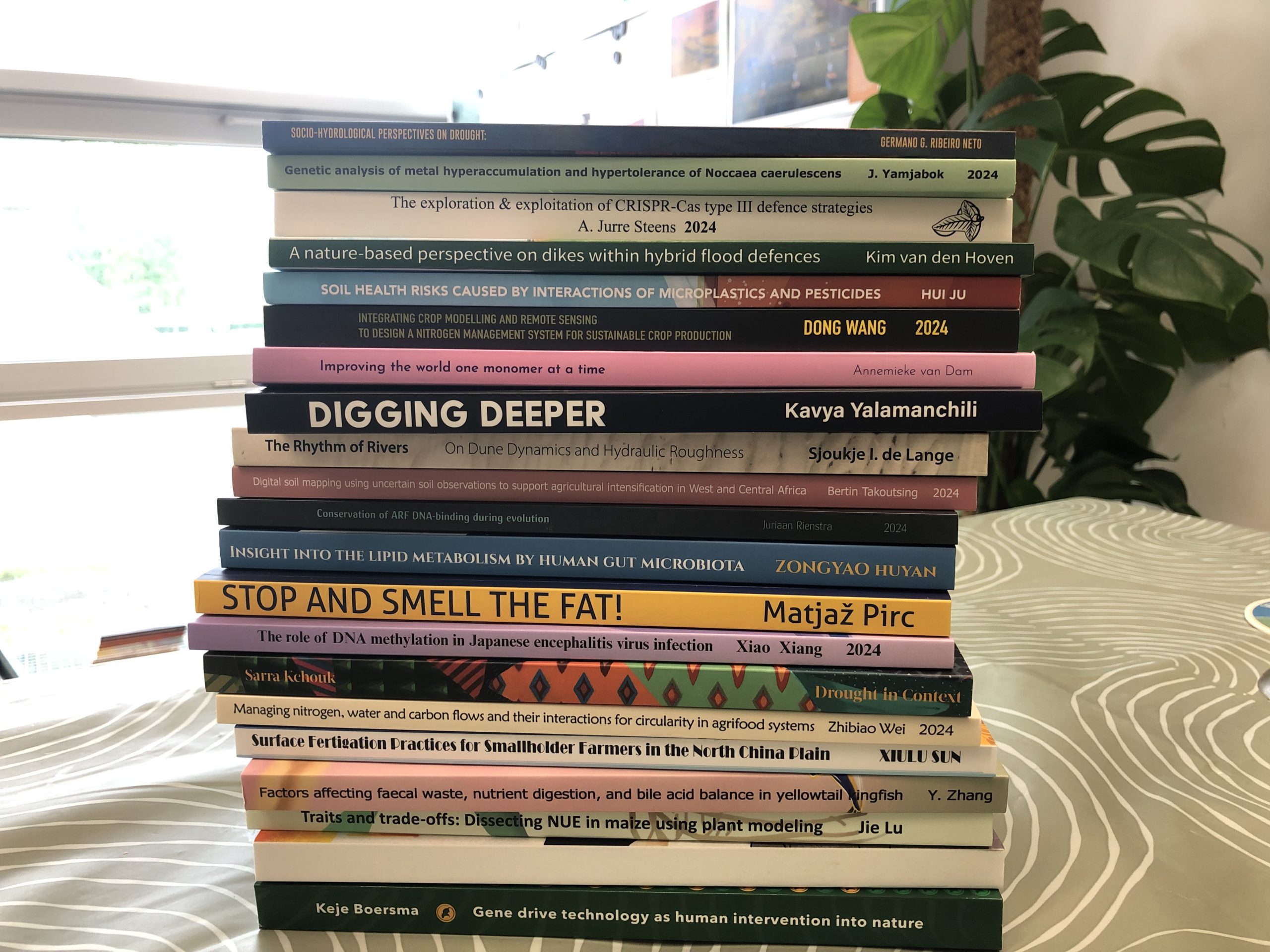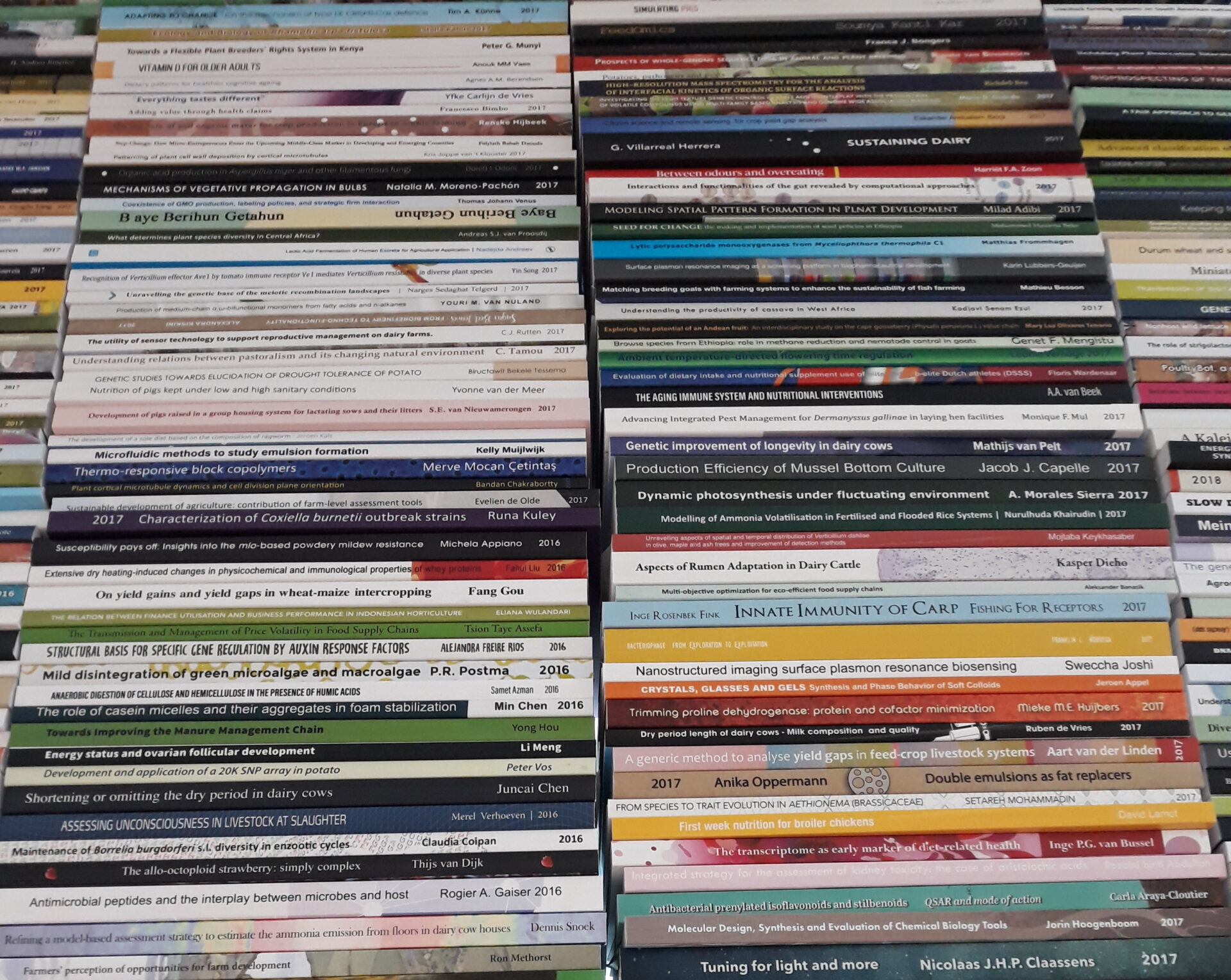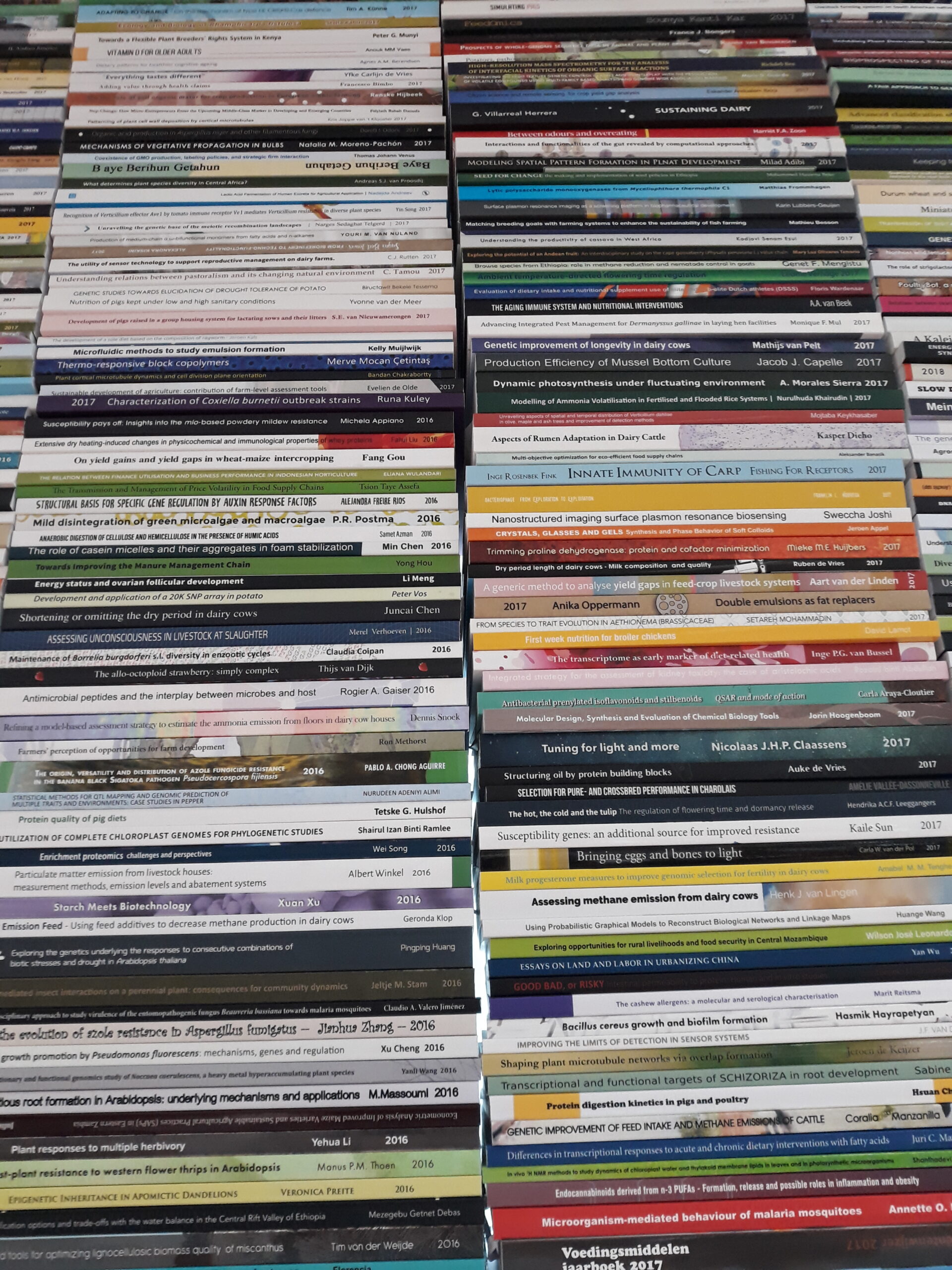More than 250 PhD students receive their PhDs at WUR every year. It is impossible to describe and summarize all these theses. In the column ‘PhD theses in a nutshell’ the selection of our science editors is briefly presented.
Protein from rice bran
White rice is obtained by removing the bran from the rice. The bran (which is about 10 per cent of the whole grain) contains protein. Sirinan Lasrichan, from Thailand, developed a method for extracting the protein from the bran using enzymes. At present, this is currently done chemically, using sodium hydroxide, which uses a lot of water and generates a lot of waste. Now there’s an alternative, thanks to the successful processes Lasrichan developed. Result: high-quality plant protein and a more sustainable process. Win-win!
Enzyme assisted extraction of rice bran protein.
Sirinan Lasrichan. Supervisor Remko Boom
Uncharted territory
Nowadays, explorers sit at computers and distil maps from satellite images. Timon Weitkamp studied how to reliably map irrigation in the fields of small farmers in Mozambique. Literally uncharted territory. His work shows that mapmaking involves making choices. As it always did, even in times gone by. A slight change to the algorithm, and the map looks quite different. So you need to be very clear about those choices, otherwise you could be guilty of manipulation.
Unchartered Territory.
Timon Weitkamp. Supervisor Charlotte de Fraiture
Extractor fan for cows
Cows produce a lot of the greenhouse gas methane. People are continuously coming up with new measures aiming to reduce these emissions. So a good method for measuring the results is crucial. Cécile Levrault, from France, trialled an improved version of the cubicle hood sampler. This is a kind of square extractor fan that captures and analyses the exhaled air. After many ups and downs, she came to the conclusion that the thing did work to some extent but was far from applicable in practice. For reliably measuring the methane output of cows, there is still no method that beats a respiration chamber.
Practical monitoring of enteric methane production from individual ruminants.
Cécile Levrault. Supervisor Peter Groot Koerkamp

 A pile of PhD dissertations. Photo Resource
A pile of PhD dissertations. Photo Resource 
